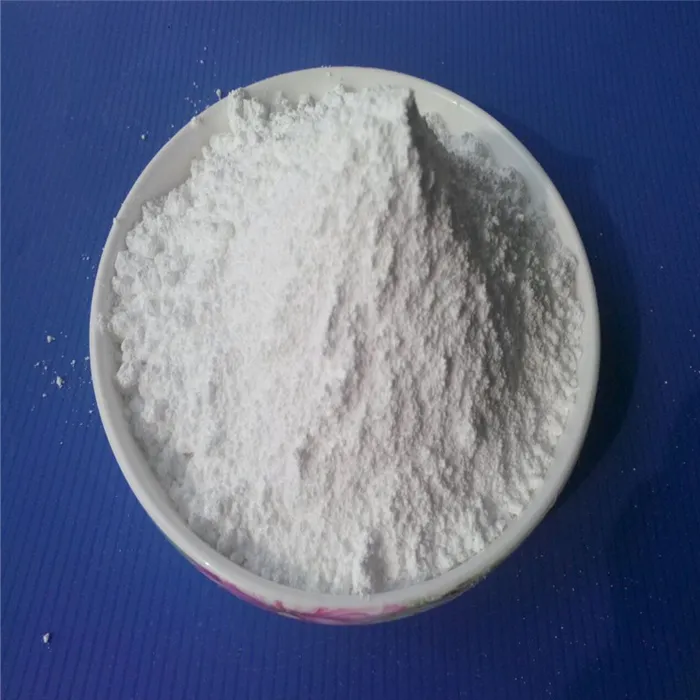Antioxidant Additives for Plastics Enhancing Durability and Performance
In the realm of materials science, plastics have emerged as ubiquitous components of modern life. From packaging to electronics, their versatility and lightweight nature have revolutionized countless industries. However, the longevity and performance of plastic products can be compromised by oxidative degradation. This degradation process, mainly driven by exposure to heat, light, and oxygen, can lead to discoloration, loss of mechanical properties, and ultimately, failure. To combat these issues, antioxidant additives have become indispensable in the formulation of plastic materials.
Antioxidant additives are compounds that inhibit the oxidation process by neutralizing free radicals and breaking the chain reactions that lead to the degradation of polymers. These additives can be classified into two primary categories primary antioxidants and secondary antioxidants.
Primary Antioxidants These are typically highly effective in preventing the initiation of the oxidation process. They act by donating hydrogen atoms to free radicals, thus stabilizing them and preventing further reaction with the polymer. Examples of primary antioxidants include phenolic compounds, amines, and phosphites. Their usage ensures that the integrity of the plastic is maintained during processing and throughout its service life.
Antioxidant Additives for Plastics Enhancing Durability and Performance
The choice of antioxidant additive is crucial and depends on several factors, including the type of plastic, the processing conditions, and the intended application. For instance, polyolefins such as polyethylene and polypropylene are often stabilized with phenolic antioxidants due to their effectiveness in high-temperature applications. On the other hand, more complex formulations may require a combination of both primary and secondary antioxidants to achieve the desired performance.
antioxidant additives for plastics

The effectiveness of antioxidant additives is typically evaluated through various tests, including thermal aging, oxidative induction time (OIT), and mechanical property assessments. These tests help manufacturers ascertain the appropriate concentrations and combinations of additives to optimize performance.
However, the incorporation of antioxidant additives is not without its challenges. For instance, the migration of additives out of the plastic matrix can lead to reduced efficacy and potential environmental concerns. As consumers become more environmentally conscious, the demand for more sustainable and biodegradable options is rising. This trend has prompted researchers to explore bio-based antioxidants derived from natural sources, which can provide similar protective effects without posing a risk to the environment.
Moreover, regulatory aspects surrounding additive use have become increasingly stringent. Manufacturers must navigate the complex landscape of food safety regulations, particularly for plastics used in food packaging. Ensuring that the added antioxidants are non-toxic and compliant with safety standards is paramount.
In response to these evolving challenges, the market for antioxidant additives in plastics is witnessing significant growth. Innovative solutions, including multi-functional additives that provide both antioxidant and UV-stabilizing properties, are being developed to meet the needs of diverse industries. Additionally, advancements in nanotechnology are leading to the creation of nano-sized antioxidant additives that offer enhanced performance even in lower concentrations.
In conclusion, antioxidant additives are crucial for enhancing the durability and performance of plastics in the face of oxidative challenges. By understanding the mechanisms of oxidation and the role of different types of antioxidants, manufacturers can formulate plastics that maintain their properties over extended periods. This not only boosts the reliability of plastic products but also contributes to sustainability efforts by reducing waste associated with premature material failure. Furthermore, as industries and consumers push for greener alternatives, the future of antioxidant additives will undoubtedly involve a blend of innovation, compliance, and environmental stewardship.

